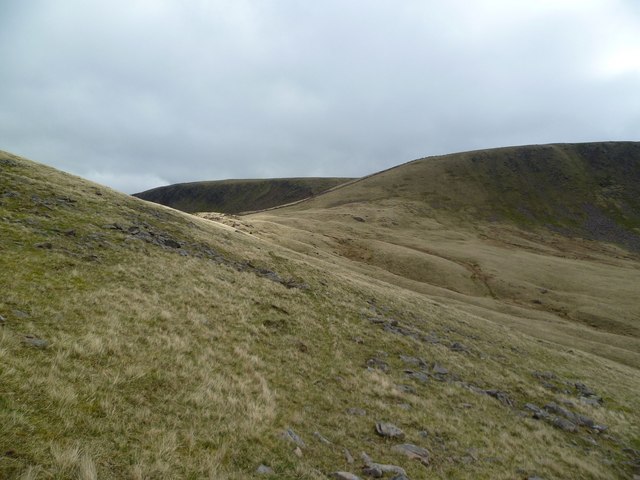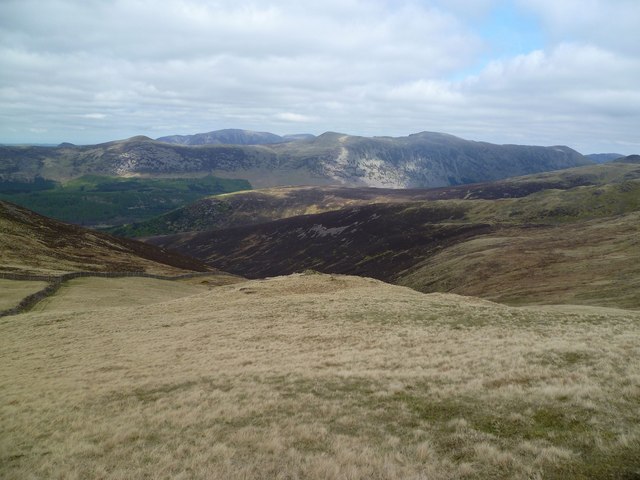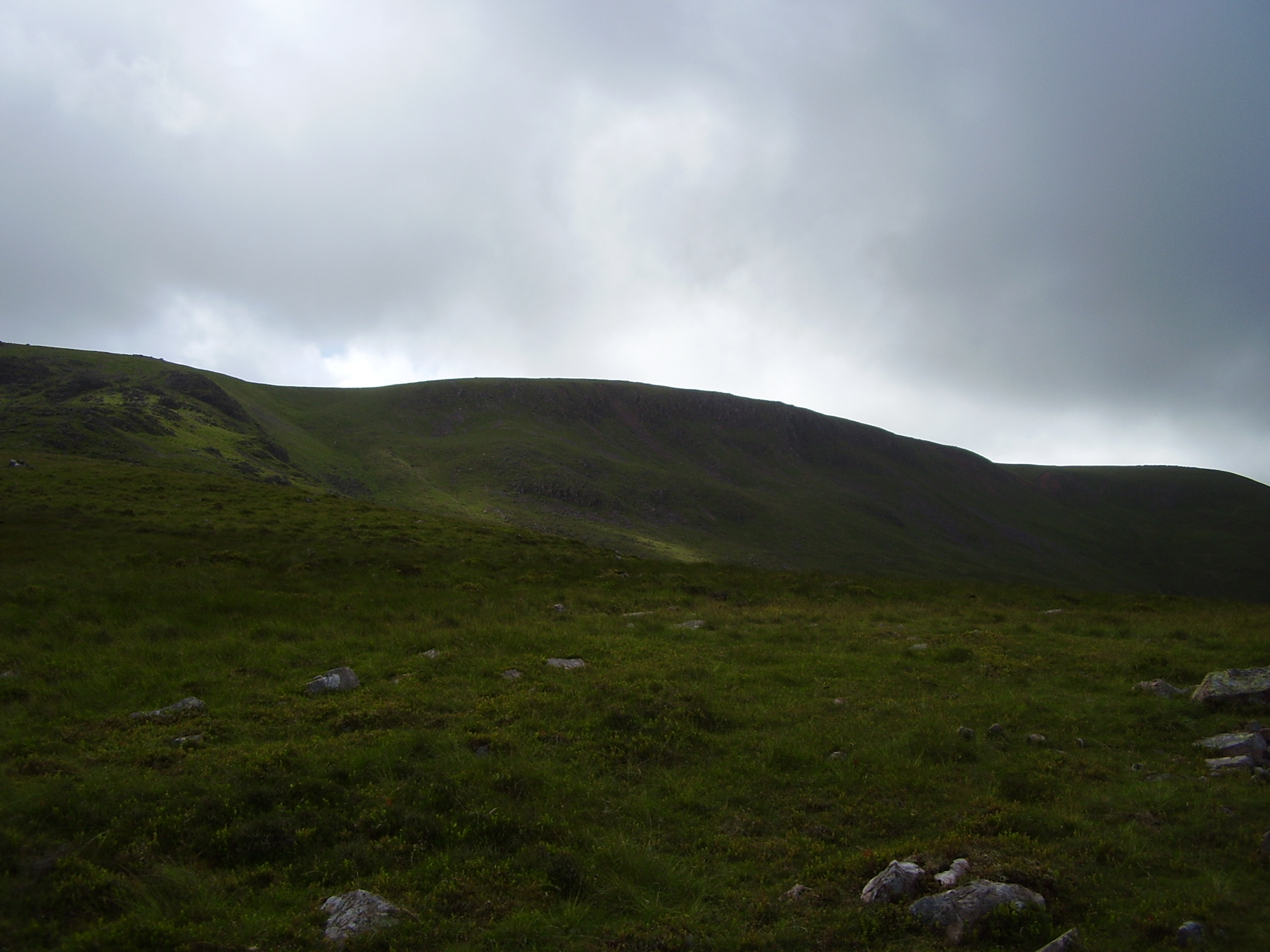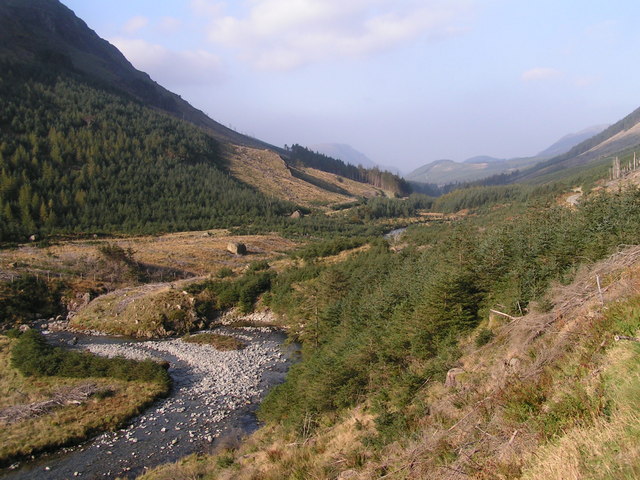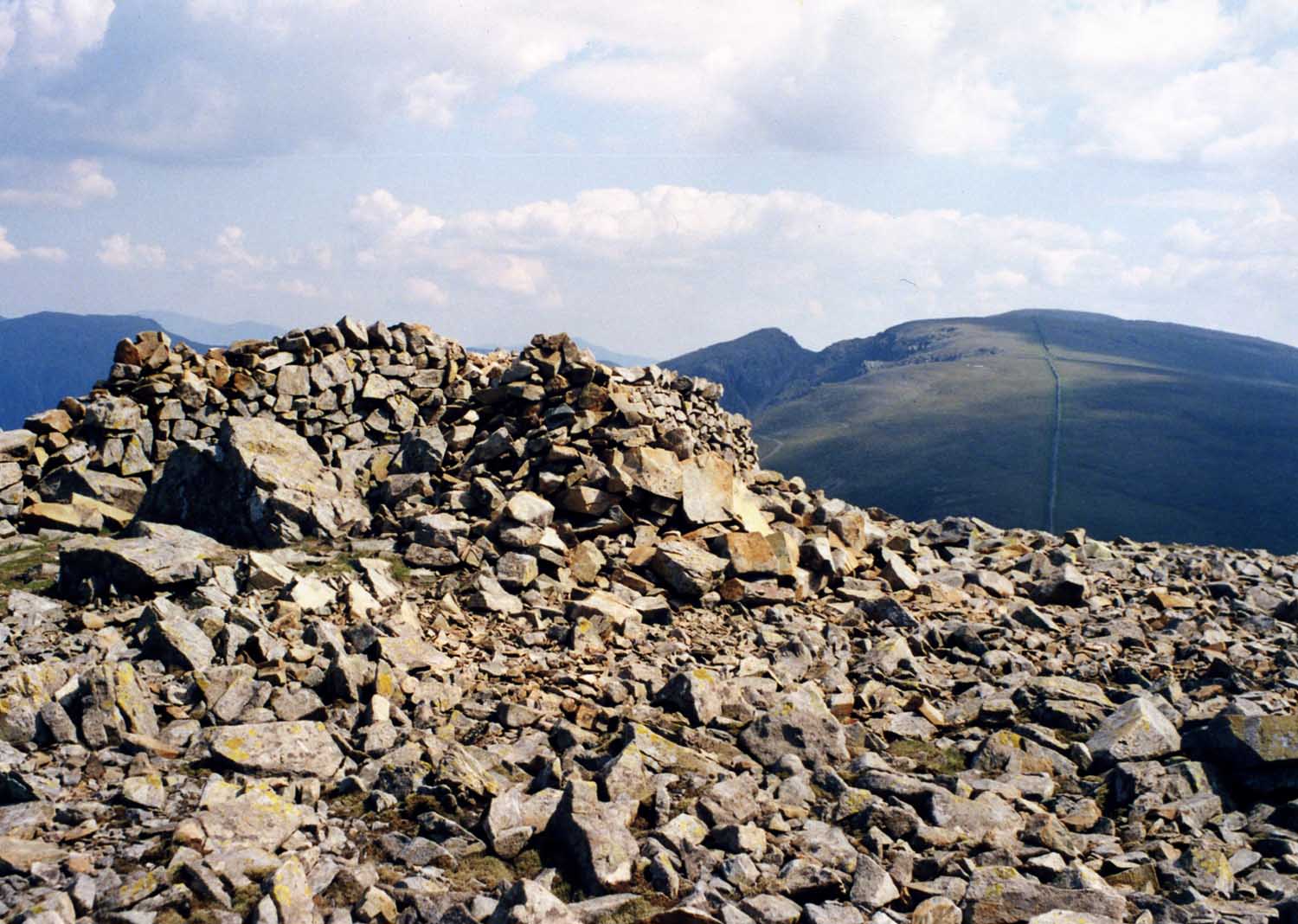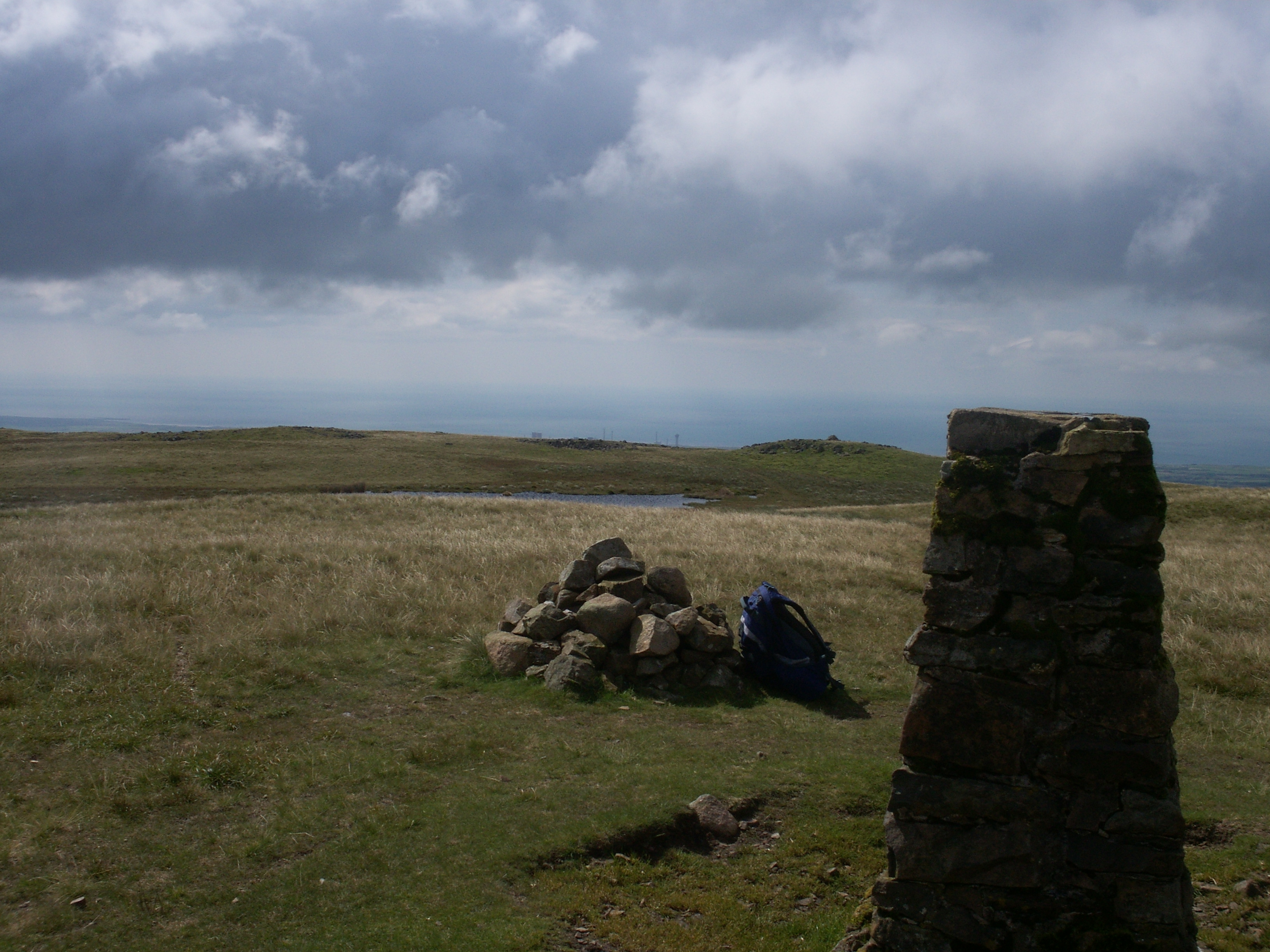Copeland
Area in Cumberland Copeland
England
Copeland

Copeland is a district located in the county of Cumbria, England. It encompasses a large area in the western part of the county, bordering the Irish Sea to the west and the Lake District National Park to the east. With its administrative center in Whitehaven, Copeland covers approximately 480 square miles (1,200 square kilometers) and has a population of around 70,000.
The district is known for its diverse landscapes, ranging from rugged coastal cliffs and sandy beaches to rolling hills and picturesque valleys. The Lake District, a UNESCO World Heritage Site, occupies a significant portion of Copeland, attracting tourists with its stunning lakes, mountains, and hiking trails.
Historically, Copeland has been an important industrial area, particularly in coal mining and iron ore extraction. The remnants of its industrial past, including mines, railways, and harbors, can still be seen today. However, the decline of these industries has led to a shift towards other sectors such as tourism, healthcare, and nuclear energy.
Copeland is also home to several notable landmarks and attractions. St. Bees Head, a prominent headland, offers breathtaking views of the coastline and is a popular spot for birdwatching. The Ravenglass and Eskdale Railway, a narrow-gauge steam railway, provides a scenic journey through the Eskdale Valley. The town of Whitehaven boasts a rich maritime heritage with its historic harbor and Georgian architecture.
Overall, Copeland, Cumberland, offers a combination of natural beauty, cultural heritage, and recreational opportunities, making it an appealing destination for both residents and visitors alike.
If you have any feedback on the listing, please let us know in the comments section below.
Copeland Images
Images are sourced within 2km of 54.4768/-3.3672 or Grid Reference NY1109. Thanks to Geograph Open Source API. All images are credited.


Copeland is located at Grid Ref: NY1109 (Lat: 54.4768, Lng: -3.3672)
Administrative County: Cumbria
District: Copeland
Police Authority: Cumbria
What 3 Words
///acids.tins.desiring. Near Egremont, Cumbria
Nearby Locations
Related Wikis
Caw Fell
Caw Fell is a fell in the English Lake District, standing between Haycock the Lank Rigg group. It occupies a wide upland area with Ennerdale to the north...
Iron Crag
Iron Crag is a mountain in the English Lake District, standing between Crag Fell and Caw Fell. The name of the fell is the source of some confusion, as...
Pillar and Ennerdale Fells
Pillar and Ennerdale Fells is a Site of Special Scientific Interest (SSSI) in Ennerdale, Cumbria, England. Protected for its biological interest, the site...
River Liza
The River Liza flows through Ennerdale, a glacial valley in Cumbria, England. The river is allowed to flow freely as part of a rewilding project. The...
Seatallan
Seatallan is a mountain in the western part of the English Lake District. It is rounded, grassy and fairly unassuming, occupying a large amount of land...
Haycock (Lake District)
Haycock is a mountain in the western part of the English Lake District. It rises between Scoat Fell and Caw Fell to the south of Ennerdale and the north...
Lank Rigg
Lank Rigg is a fell in the English Lake District. It stands to the south of Ennerdale in the Western Fells. A sprawling hill with gentle grassy slopes...
Ennerdale Rural District
Ennerdale was a rural district in the county of Cumberland in England from 1934 to 1974. It was created in 1934 by a County Review Order, by the merger...
Have you been to Copeland?
Leave your review of Copeland below (or comments, questions and feedback).







